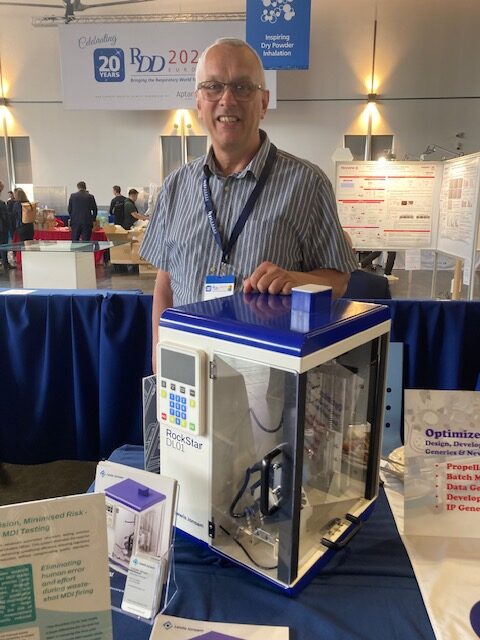More efficient and faster development
In his talk in the Aqueous Agenda session, David Shorthouse discussed what his team at University College London is doing in machine learning and AI formulation. When he was first exposed to formulation, he said, he was surprised to find that trial and error was a the standard, but he soon realized that experienced formulators have been able to work very efficiently with small molecules by relying on experience. However, he said, with the advent of more complex molecules, relying on heuristic knowledge is less effective because of the lack of experience with those molecules. The other shortcoming of trial and error Shorthouse suggested, is that this system leads to formulations that are “good enough” instead of to optimized formulations.
He acknowledged that one significant challenge of moving to formulation using machine learning is a lack of existing data: “We are a data-scarce field,” he said. One solution to that problem is Bayesian optimization, a method that is widely used in computer science, which can be initiated with little data, maybe as little as five samples, and then the system can direct formulators how to optimize, allowing less experienced personnel to do the work. Even more efficiently, he suggested, you can have the machine interact with lab robots such as in AstraZeneca’s iLab concept.
Several workshop presenters focused on promoting more efficient development of OINDPs. Kindeva presented a workshop on “Fast Tracking Complex Delivery Systems: From Targeted Nasal Delivery to High Dose Lung Delivery.” INTO’s workshop offered “A Systematic and Efficient Approach Through Use of Complimentary Expertise to Mitigate Uncertainty and Accelerate Dry Powder Inhaler Development.” And Copley Scientific used its workshop titled “Unlock the Mysteries of APSD Data Analysis: Transform your Inhaled Product Development” to present the use of its Inhalytix cascade impactor software for more efficient aerodynamic particle size distribution analysis.
Modeling and simulation
In his talk on “Navigating the Regulatory Landscape: Advances in Respiratory Modeling and Simulation” in the MDIs in Transition session, Jan de Backer started by acknowledging that respiratory modeling has already made huge leaps in the past 10 years from models that lacked any realistic human characteristics to some that now can be considered “digital twins” of patients. These advances can contribute to a quantitative medicine approach that may allow developers of inhaled generics to avoid clinical endpoint studies.
De Backer noted the FDA’s establishment last year of a Center of Excellence for Quantitative Medicine and its commitment to the use of silico and computational approaches for determining lung deposition equivalence between a test drug and a reference drug and the incorporation of those techniques into recent product specific guidances. He also cited the agency’s recent advancement of the concept of model master files as an important step.



